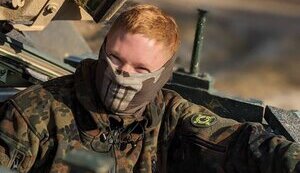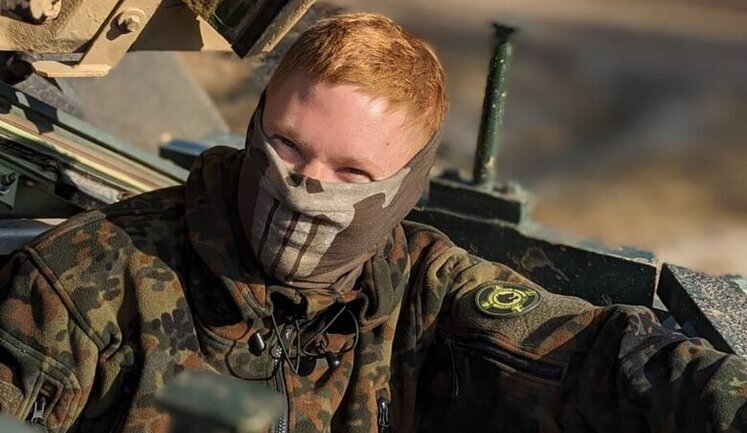The combat operations in the Kursk region are a focal point in 2025, marking a significant escalation of the ongoing conflict between Ukraine and Russia. The Ukrainian Armed Forces, led by President Zelenskyy, have actively conducted operations in this area, challenging Russian control and achieving strategic outcomes. Notably, the Kursk Offensive highlighted the shift of full-scale warfare onto Russian territory, catching global intelligence agencies by surprise. As the conflict unfolds, Russian forces have intensified their assaults, seeking to regain control and consolidate positions. Ukrainian forces have maintained resilience despite the aggressive Russian advances, managing to control some key areas and disrupt Russian operations through strategic counterattacks. The situation remains dynamic, with both sides sustaining heavy losses, making the Kursk region a critical battleground in the broader geopolitical landscape.
What is the current situation in the Kursk region conflict zone?
The Kursk region is witnessing intense combat operations as Ukrainian forces continue to challenge Russian territorial control. Recently, Ukrainian operations have effectively disrupted Russian advancements, although the region remains a crucial battleground with ongoing clashes and strategic importance for both sides. Russian forces have responded with reinforced assaults, underscoring the volatility of the conflict.
How are Ukrainian forces impacting the Kursk region military dynamics?
Ukrainian forces have had significant impact on the military dynamics in the Kursk region by executing strategic offensives that have disrupted Russian military activities. Their ability to control key areas has demonstrated strategic resilience, making it challenging for Russian troops to maintain their stronghold, although both sides have sustained losses.
What challenges face Russian troops in the Kursk region?
Russian troops in the Kursk region face substantial challenges including the disruption of their supply lines and the loss of key territory due to effective Ukrainian military operations. The ongoing Ukrainian resistance, combined with logistical difficulties, exacerbates these challenges, undermining Russian efforts to consolidate their control over the region.
Has there been any major strategic shift in the Kursk region conflict?
Yes, a notable strategic shift includes the initiation of the Kursk Offensive by Ukrainian forces, which significantly altered the military landscape by bringing large-scale conflict onto Russian soil for the first time. This operation has forced a reevaluation of tactics by both Ukrainian and Russian military planners, highlighting the region's strategic importance.
What does the future hold for the conflict in the Kursk region?
The future of the conflict in the Kursk region remains uncertain but highly pivotal. Both Ukraine and Russia are expected to continue military engagements as they vie for strategic advantage. The outcome will likely depend on continued military operations, international diplomatic interventions, and the evolving geopolitical context surrounding the conflict.
How has international intelligence reacted to the Kursk operations?
International intelligence agencies were caught off guard by the Ukrainian operations in the Kursk region, which had not been anticipated in their strategic forecasts. The surprise nature of these operations highlighted the adaptability and strategic acumen of the Ukrainian military, prompting a reassessment of the situation by global observers.






























































